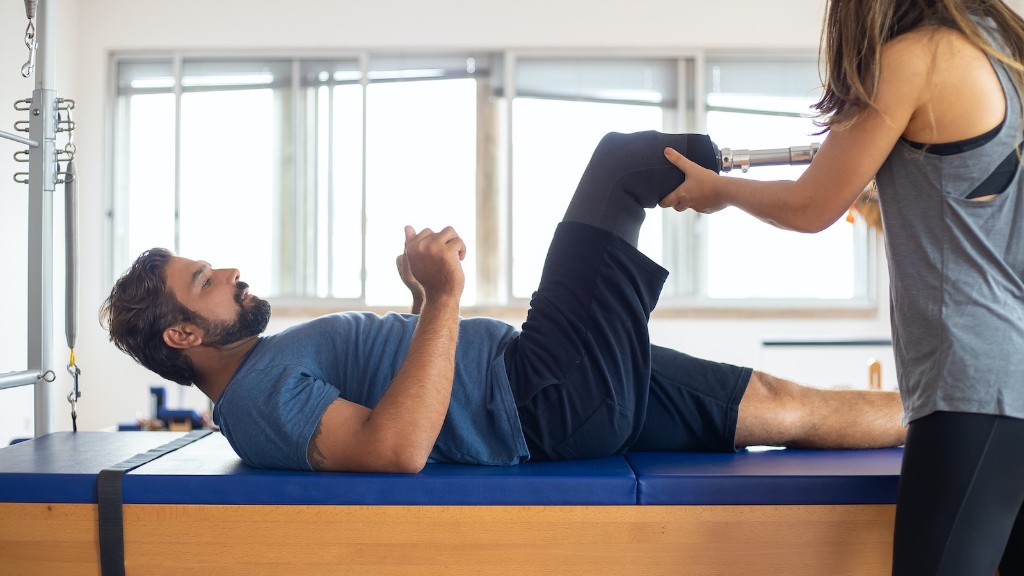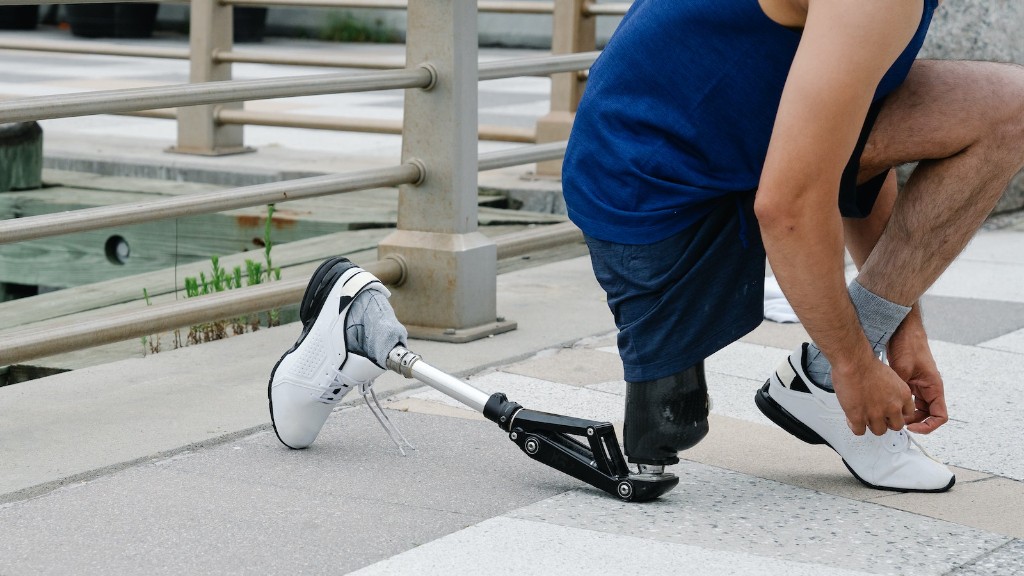How is a Prosthetic Attached to the Shoulder
Prosthetic limbs have revolutionized the lives of countless individuals with limb loss, providing them with the opportunity to regain lost functionality and improve their overall quality of life. When it comes to attaching a prosthetic limb to the upper body, the shoulder joint is a critical interface. In this article, we will explore the various methods used to attach a prosthetic limb to the shoulder, considering the positive and negative implications associated with each approach.
Direct Attachment:
Implant Anchorage
One of the most advanced and effective techniques for attaching a shoulder prosthesis is by using implant anchorage. This method involves surgically implanting an anchor into the bone of the residual limb, providing a secure and stable connection for the prosthetic. The anchor can be made of biocompatible materials such as titanium, which offers high strength and excellent integration with the surrounding tissues.
Implant anchorage offers several benefits. Firstly, it provides direct skeletal attachment, which enhances stability and control. This allows individuals to perform highly complex movements with greater precision. Secondly, it eliminates the need for a socket-based interface, which can often lead to discomfort and skin irritation. By bypassing the socket, individuals can experience a more comfortable and natural feeling while using their prosthetic limb.
However, implant anchorage is not without its challenges. The surgical procedure required for implantation carries inherent risks, including infection and implant failure. Additionally, the cost of the surgery and subsequent maintenance of the implant anchor may be prohibitive for some individuals. Despite these challenges, implant anchorage remains an attractive option due to its superior functionality and potential long-term benefits.
Bone-anchored Prostheses
Bone-anchored prostheses, also known as osseointegrated prostheses, provide an alternative method for attaching a shoulder prosthesis. This approach involves surgically implanting a metal fixture, known as an osseointegration implant, directly into the residual bone of the shoulder. The prosthetic limb is then attached to this fixture, allowing for a secure and stable connection.
Osseointegrated prostheses offer several advantages. Firstly, they provide improved control and proprioception compared to traditional socket-based attachments. This is due to the direct connection between the prosthetic limb and the bone, which allows for more natural movements. Secondly, they can alleviate the discomfort often associated with wearing a socket. This improvement in comfort can lead to increased prosthetic use and acceptance among users.
Despite these benefits, bone-anchored prostheses also come with challenges. The surgical procedure required for implantation carries risks such as infection and implant failure. Additionally, the initial healing period after surgery can be lengthy, requiring individuals to temporarily forego the use of a prosthetic limb. Furthermore, the cost of the surgery and subsequent maintenance may be considerable. As with implant anchorage, the advantages of bone-anchored prostheses make them an attractive option for those seeking enhanced functionality and comfort.
Indirect Attachment:
Suspended Prostheses
In cases where direct attachment methods are not feasible or preferable, suspended prostheses offer an alternative approach. This method involves utilizing a harness or suspension system to support the weight of the prosthetic limb from the opposite shoulder or torso. The remaining musculature of the residual limb is then used to control the movement of the prosthetic.
Suspended prostheses have the advantage of being less invasive compared to direct attachment methods. They do not require surgical procedures or implants, making them more accessible and cost-effective. Additionally, they can provide a degree of functionality and cosmesis that allows individuals to engage in various activities of daily living.
However, suspended prostheses also have limitations. The lack of direct skeletal attachment can result in reduced stability and control compared to direct attachment methods. The use of harnesses or suspension systems can also be cumbersome and may hinder natural movement. Furthermore, prolonged use of suspended prostheses can lead to discomfort and skin irritation, particularly in individuals with sensitive skin.
Socket-based Prostheses
The most common method used for attaching shoulder prostheses is through a socket-based interface. This approach involves utilizing a custom-fitted socket that securely holds the residual limb within the prosthetic device. The socket is designed to distribute forces evenly, reducing pressure points and maximizing comfort.
Socket-based prostheses are widely used due to their versatility, affordability, and ease of use. They provide individuals with a functional and cosmetically acceptable solution for daily activities, allowing for a wide range of arm movements. Many individuals with shoulder amputations find socket-based prostheses to be the most practical and accessible option.
However, socket-based prostheses also have limitations. Due to the reliance on harnesses or straps to secure the limb within the socket, stability and control may be compromised compared to direct attachment methods. Additionally, the socket can cause discomfort and skin irritation, particularly with prolonged use. Proper fit and alignment are crucial to minimize these issues, requiring frequent adjustments and maintenance.
Conclusion & Further Considerations
The attachment methods for shoulder prostheses each have their own unique benefits and limitations. Implant anchorage and bone-anchored prostheses offer exceptional functionality and comfort but come with surgical risks and higher costs. Suspended prostheses and socket-based prostheses provide less invasive options but may sacrifice stability and control to varying degrees.
As technology continues to advance, it is essential to invest in research and development to improve attachment methods for shoulder prostheses. This includes exploring innovative solutions such as neurally controlled prosthetics and advanced materials for implants and sockets. By addressing the current limitations, we can enhance not only the physical functionality but also the psychological well-being of individuals with limb loss.
In conclusion, the attachment of a prosthetic limb to the shoulder is a complex and multifaceted topic. Each method has its own set of advantages and disadvantages, which must be carefully considered based on the individual’s specific needs and goals. As we strive to push the boundaries of prosthetic technology, it is essential to prioritize the well-being and autonomy of individuals with limb loss, ensuring that they have access to the most appropriate and effective attachment methods available.




